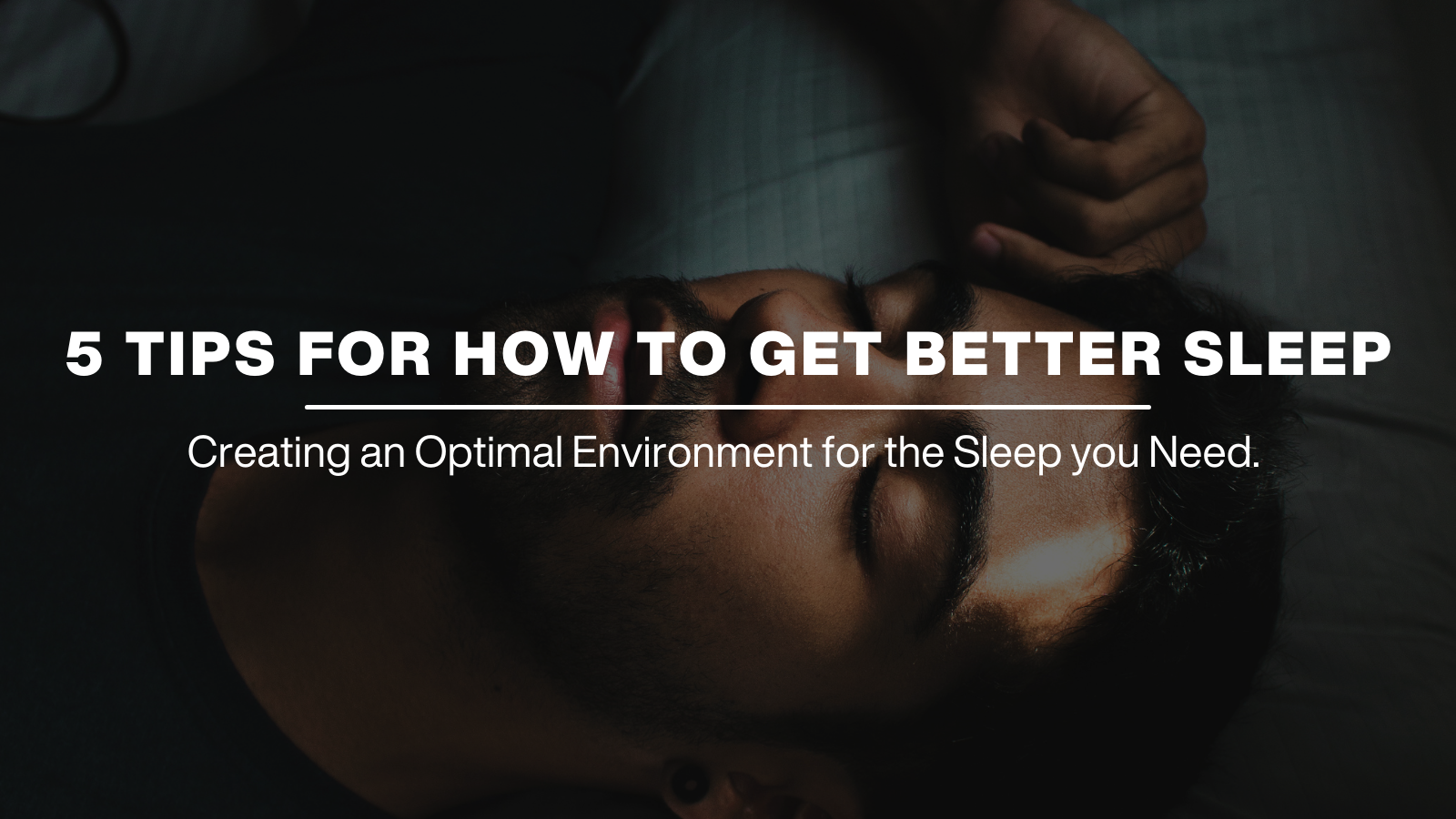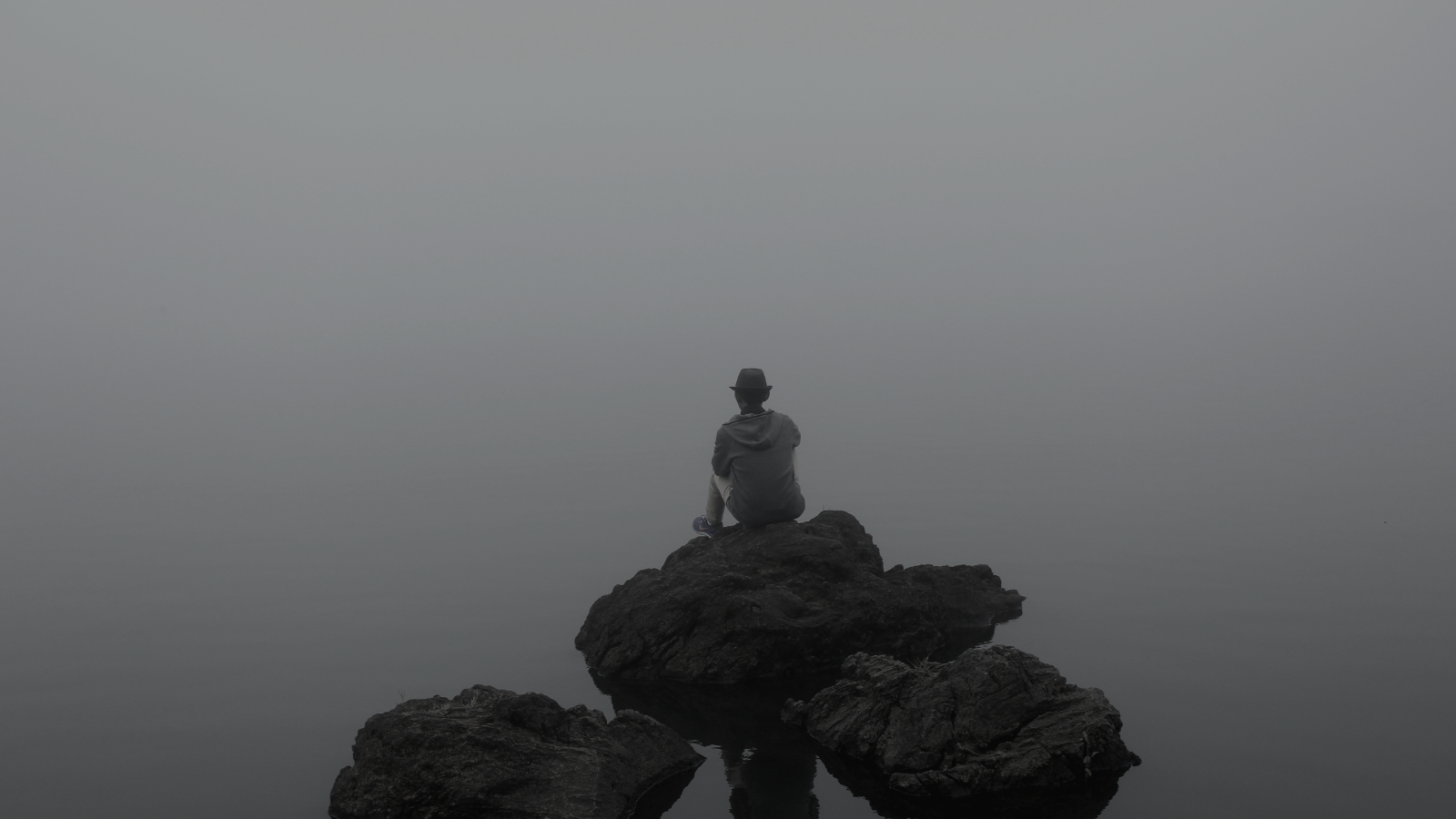Falling Asleep Peacefully
By now, we all know the basics of proper sleep hygiene: reduce caffeine consumption, aim for a full eight hours, and no screens or heavy foods an hour before bed. We even know that bed quality and sleeping positions apparently matter. And yet, falling (and staying) asleep is hard for a lot of us. We are looking for sleep solutions! According to the CDC, 30% of Americans are getting inadequate sleep (although this statistic is from 2016, before the pandemic and its many stressors).
It’s no surprise that more and more people are looking into products like the EarPeace SLEEP noise reduction earplugs, which comfortably minimize background noise. These earplugs for sleep are great even for side sleepers. But what else can you do to stay asleep, get better rem sleep, and create an optimal environment for the sleep you do get?
For those with serious sleep issues, there’s likely no substitute for a visit with a clinician. But for everyone else, especially if you’ve already tried chasing melatonin gummies with chamomile-peppermint tea, the following tactics and tools to fall asleep are worth a try, and may even come with added benefits.
Meditation and Mindfulness
About as old as humanity itself, the concept of meditation is certainly having a Moment and has been for a while. Even so, misconceptions about it persist, such as that it’s about emptying the mind—a task the average person tends to way too intimidating.
Rather, meditation and its cousin, mindfulness, are generally more about focusing on one thing at a time, especially using your senses, the result of which is a clear mind. Ideas on what constitutes as meditation or mindfulness vary widely—many people even believe that reading counts. Which makes sense, considering that reading is a common bedtime activity.
Experts agree that meditation is a skill that, just like athletics or the arts, requires practice. Luckily, doing so in small increments of time is totally sufficient. Guided meditations can be extremely helpful to those who are new to the practice in general or otherwise have trouble focusing. These are available on free platforms like YouTube, SoundCloud, and different podcasts, as well as paid content.
Ambient Sound
In the world of sleep and meditation, you’re likely to have come across binaural beats, the efficacy of which is still up for debate and unfortunately said to require headphones. But there are other, more proven options. Science tells us that nature sounds and white noise can relax us even to the point of deeper and more fulfilling sleep (parents of young children are often familiar with this).
As a matter of fact, what we generally refer to as white noise is actually a range of frequencies that could also be described as other colors, like pink and brown, depending on the combination of sounds. Pink noise, in particular, has been noted by white noise enthusiasts as the softest and most conducive to deep and restful sleep. All white noise drowns out sound, but also helps with focus or relaxation.
If you have an Alexa, Siri, or similar, you can ask it to play a variety of nature sounds, like “rainforest” or “thunderstorm,” or look up nature sounds on the usual free or paid platforms. In a whole other category is the white noise machine, which can get as low- or hi-tech as you want, offering customizable sounds, complex settings, or added features like timers, chargers, and lights (more on this later). Some just sound like fans or TV static.
Breathing and Energy Work
You might know that your own breathing—deep, slow breathing in particular—helps to ease stress and anxiety, which are often the reason behind poor sleep. But there are loads of specific techniques, including the 4-7-8 technique (inhale four counts, hold seven counts, exhale eight counts) or box breathing (four counts each of inhaling, holding, and exhaling on repeat). Another simple, well-known technique is “color breathing,” which entails visualizing emotions as different colors to achieve a more relaxed state.
These techniques, along with meditation, have become available in counselor and clinician offices all over as a form of alternative medicine. When it comes to different forms of energy work, reiki is among the most well-known. Although the version we recognize today was technically developed in 1920’s Japan, it’s based on thousands of years of healing practices beforehand. Traditionally, the reiki practitioner would lightly lay their hands on or near a specific part of the participant’s body to promote healing or relaxation.
More recently—starting well before the pandemic—long-distance reiki has become more universally available through practitioners or (again), videos, podcasts, and other free content. Whether used for spiritual, health, or stress-reduction benefits, it’s important to read up to make sure it works for you.
Lights Off (and On)
Experts have long emphasized that total (or near-total) darkness is best, considering that the human brain will, by design, respond to darkness by producing melatonin, our sleep hormone—and which, as previously referenced, is available as an over the counter supplement. But light can actually help improve sleep, both directly and indirectly (pun intended). Although still a newer scientific development, red light therapy has been shown to stimulate the production of melatonin, along with some dermatological and orthopedic benefits, through the production of a kind of light and heat that the body absorbs. A range of products, from pens and other handheld devices, to tabletop and standing lamps, are all available with red light therapy.
In general, red light—even the non-therapeutic kind—is surprisingly better to have on around us as we transition toward sleep, because it offsets daylight and, of course, blue light from all our screens. So if you really must use a nightlight, consider making it red. Or just set the pre-pre-bedtime mood with a colorful lamp or even a projector. No longer just for infants and New Age types, ambient lighting is more popular--and creative--than ever.
With the right accoutrements, you can transform your rest into a totally new time and place you actually look forward to.




Share:
Prep For Track Day
THE ORIGIN OF FAN GIRL CULTURE